Ukraine weapons: What arms are being supplied and why are there shortages?
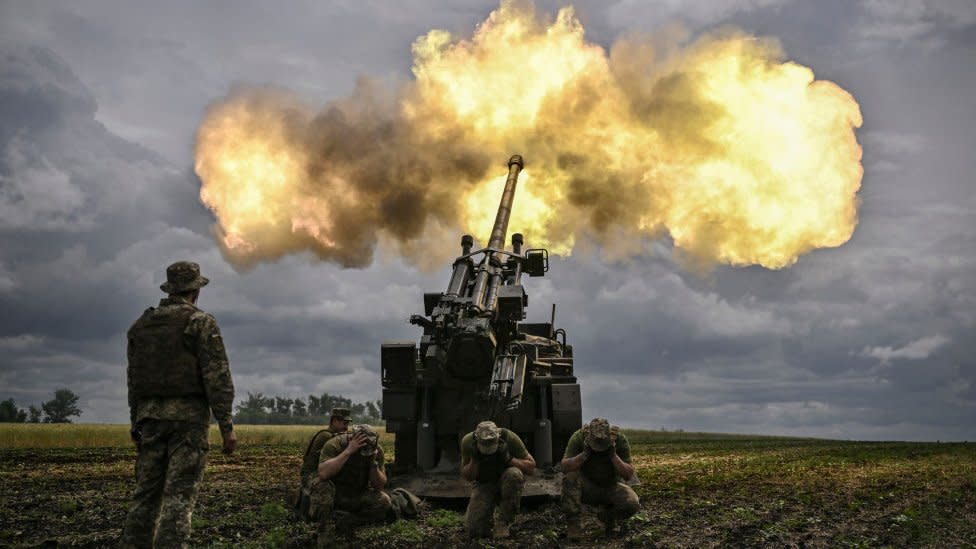
Germany is planning to halve its military aid to Ukraine next year, from about €8bn (£6.7bn) to about €4bn.
However, weapons from a new US aid package are now being delivered to Ukraine.
What military aid is being sent to Ukraine?
In April, President Joe Biden approved military support worth almost $61bn (£49bn).
The US says that air defence interceptors, artillery and long-range precision-guided missiles have since been arriving at the front line.
Extra munitions for Patriot air defence systems, more Stinger anti-aircraft missiles and High Mobility Artillery Rocket Systems (Himars) will also be sent, the US Department of Defense says.
Germany has been the second-largest donor of military aid to Ukraine, but its government has introduced a draft budget halving next year's donations.
It says Ukraine's financing is "secure for the foreseeable future" due to a scheme by the G7 group of rich nations to raise $50bn (£39bn) from interest on frozen Russian assets.
In February 2024, the EU agreed a further €50bn (£42bn) aid package for Ukraine, after Hungary stopped blocking the deal.
How much military aid has previously been supplied to Ukraine?
Between February 2022 and February 2024, the US delivered or committed weapons and equipment worth $46.2bn to Ukraine, according to the Kiel Institute, a German research organisation.
Germany gave Ukraine weapons and equipment worth $10.7bn, the UK $5.7bn, Denmark $5.2bn, and the Netherlands $4.1bn.
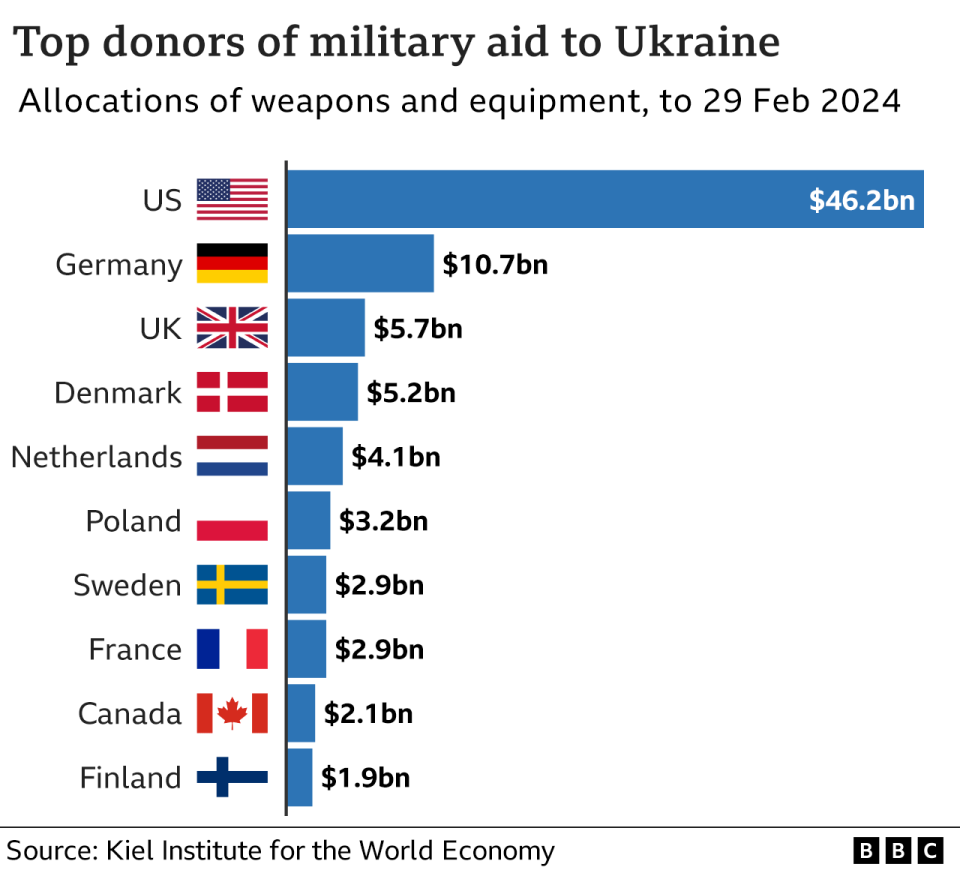
What arms shortages is Ukraine facing, and how are they affecting the war?
In April, Ukraine's President Volodymyr Zelensky said Ukraine did not have enough weapons to defend against air attacks, saying it needed "seven more Patriots or similar air defence systems" to protect its cities.
Ukrainian armed forces were also limited to firing 2,000 shells a day, according to the UK-based think tank, the Royal United Services Institute (Rusi).
In contrast, Russian forces were firing up to 10,000 shells a day, Rusi said. It said Russia gets almost three million shells a year from its own factories and from North Korea.
Since October 2023, Ukraine has lost large areas of territory in the east of the country to Russian forces - largely because of a lack of artillery.
What weapons have Western countries given Ukraine?
Anti-tank weapons
Western countries responded to Russia's invasion in February 2022 by giving Ukraine's armed forces defensive weapons, to counter Russia's armoured brigades.
The US and UK supplied thousands of Javelin and Nlaw anti-tank missiles.
These were considered crucial in stopping the advance of Russian forces on Kyiv.
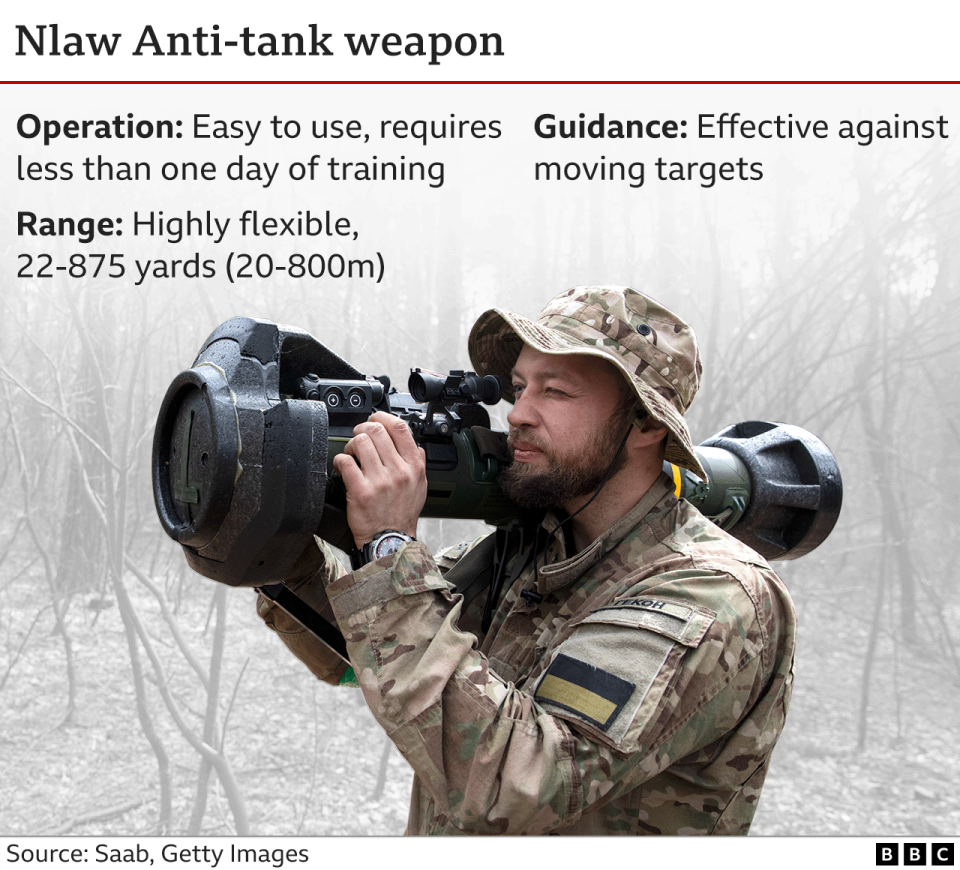
Air defence systems
To counter Russian air superiority, and its attacks on Ukrainian cities and infrastructure, Western nations have sent Ukraine several types of air defence system.
These range from the UK's short-range anti-aircraft weapon, Starstreak, to the Patriot missile system.
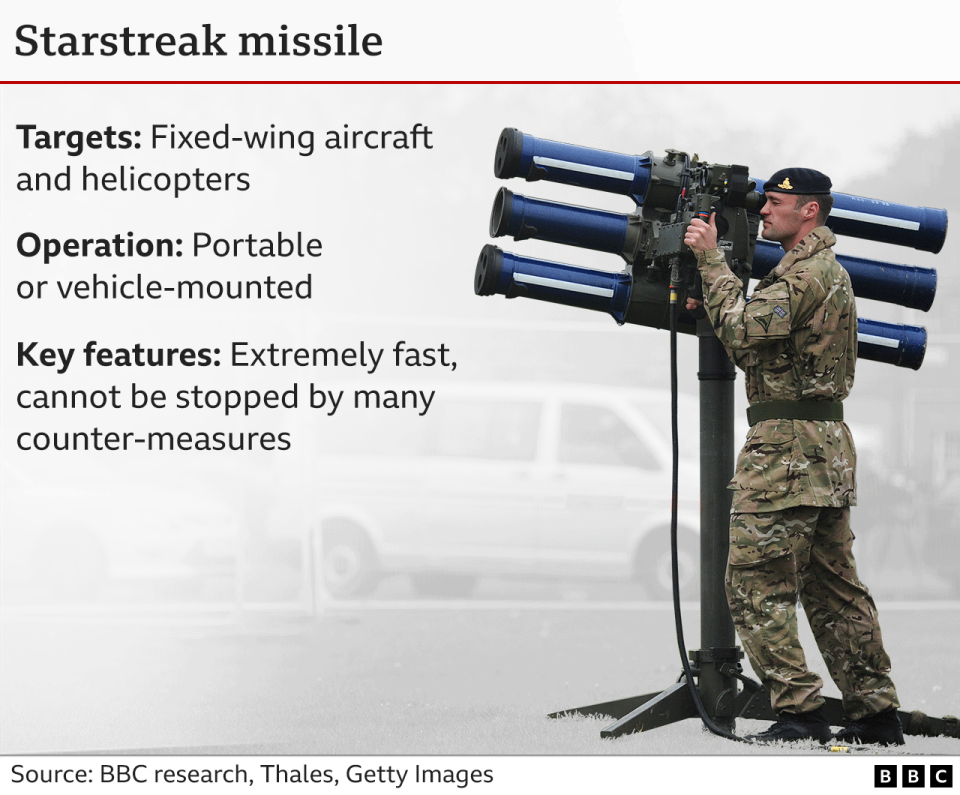
Patriots are expensive to operate - one missile costs about $3m.
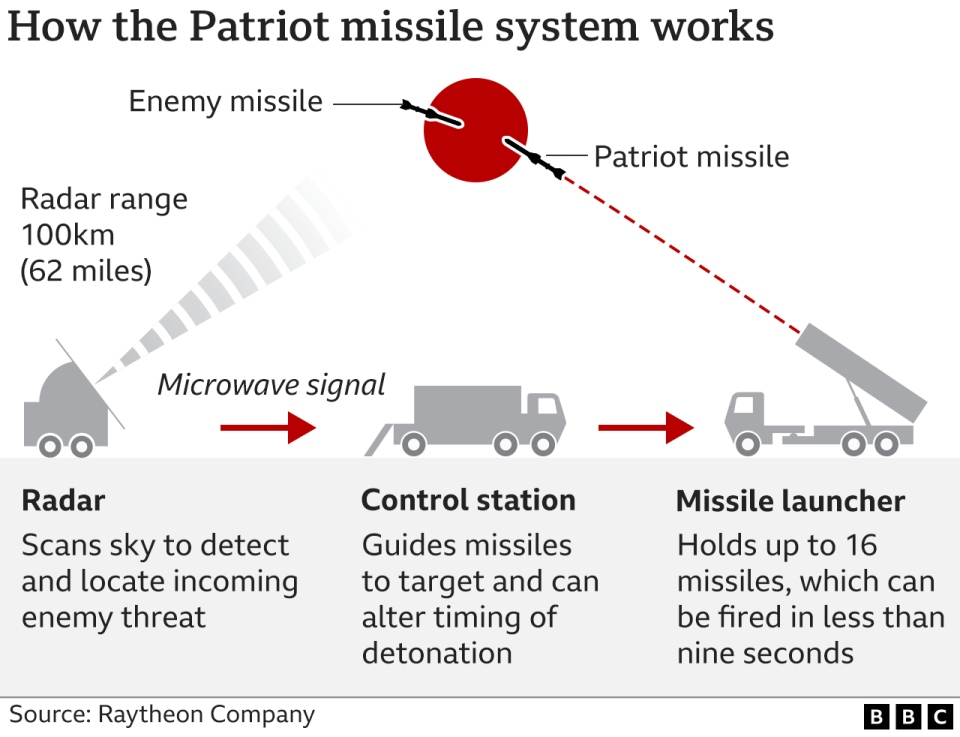
The US and Norway have also provided the Nasams (National Advanced Surface-to-Air Missile System) for air defence, and Germany has offered the Iris-T.
Artillery and missiles
After Russia's retreat from Kyiv, the war became focused on the east of the country. Artillery and missiles were heavily used by both sides.
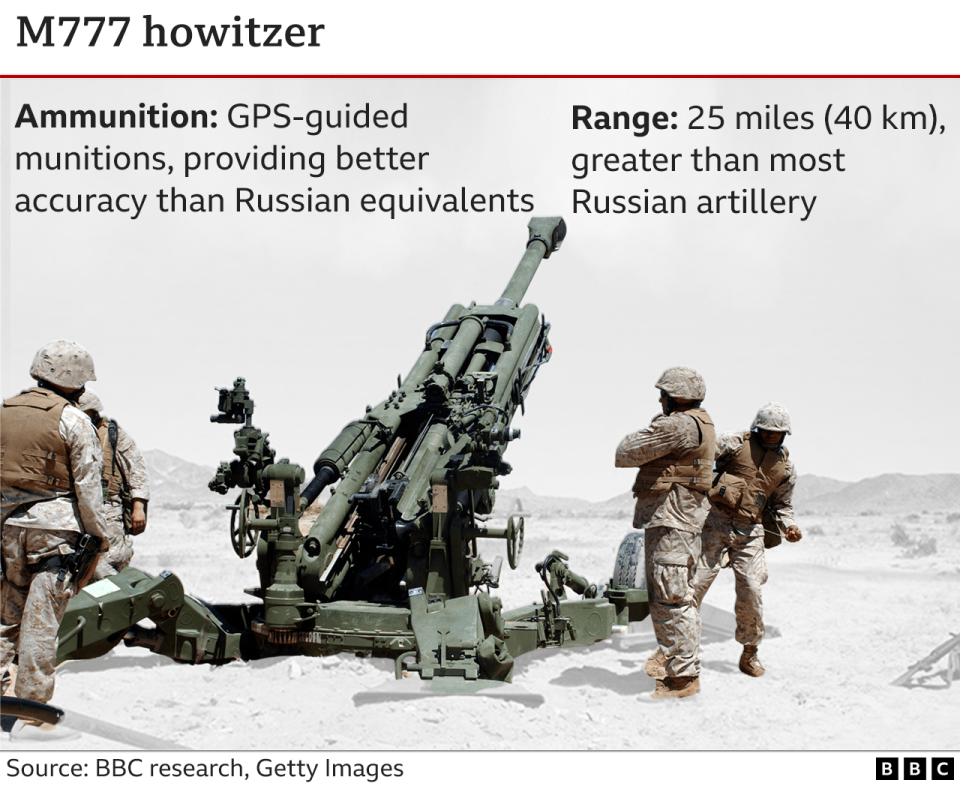
Australia, Canada, the US and others sent M777 howitzers and ammunition to Ukraine.
The US and UK also provided missile systems including Himars, and the M270 MLRS.
Ukraine has also received long-range missiles such as Scalp from France, Storm Shadow from the UK and ATACMS from the US.
The US has also supplied Ukraine with the longest-range version of ATACMS, which can travel 190 miles (300km). Before April 2024, it had only provided a shorter range version.
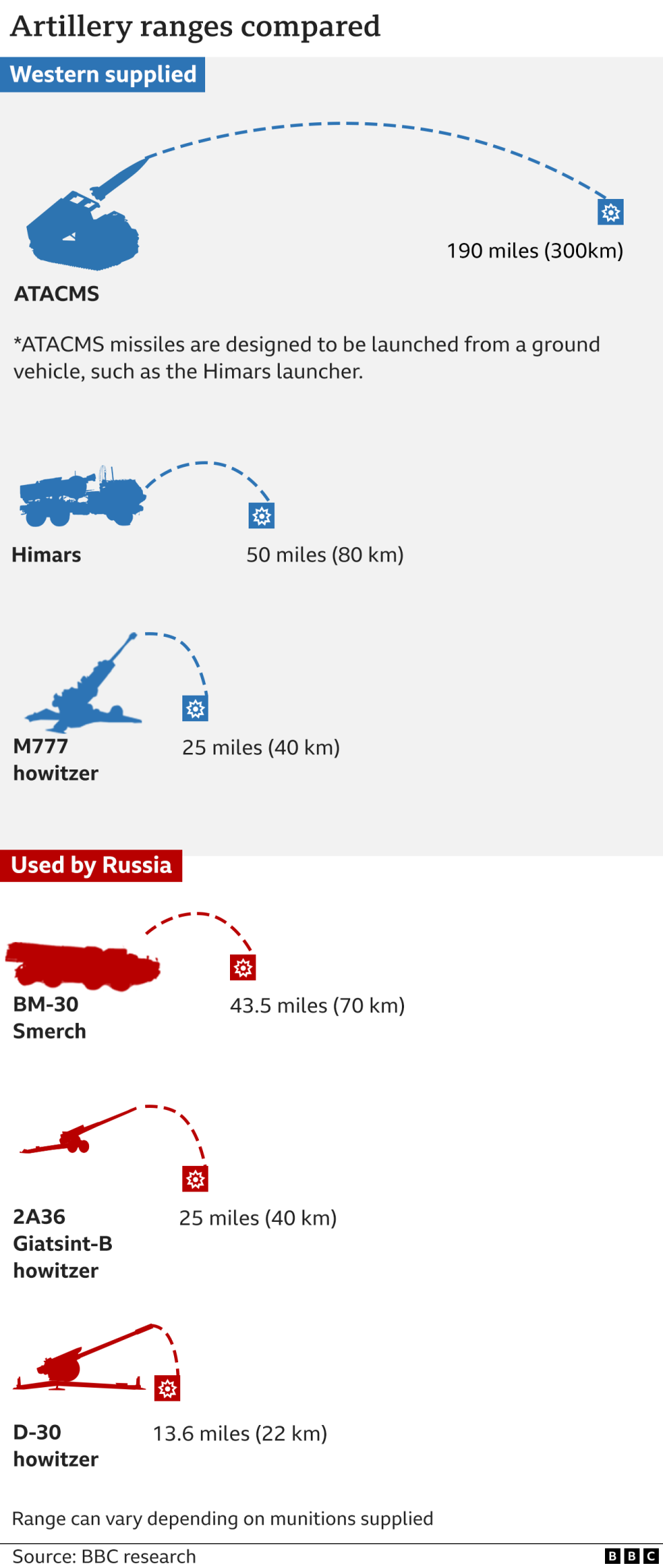
In July 2023, the US said it had supplied cluster bombs to Ukraine, to help dislodge Russian troops from defensive positions.
These weapons, delivered mostly in artillery shells, scatter multiple bomblets, and are banned by more than 100 countries because of the risk they pose to civilians.
Tanks
In early 2023, Western nations agreed to send tanks to Ukraine.
It was hoped they would enable Ukraine to breach Russian defensive lines.
The UK provided the Challenger 2.
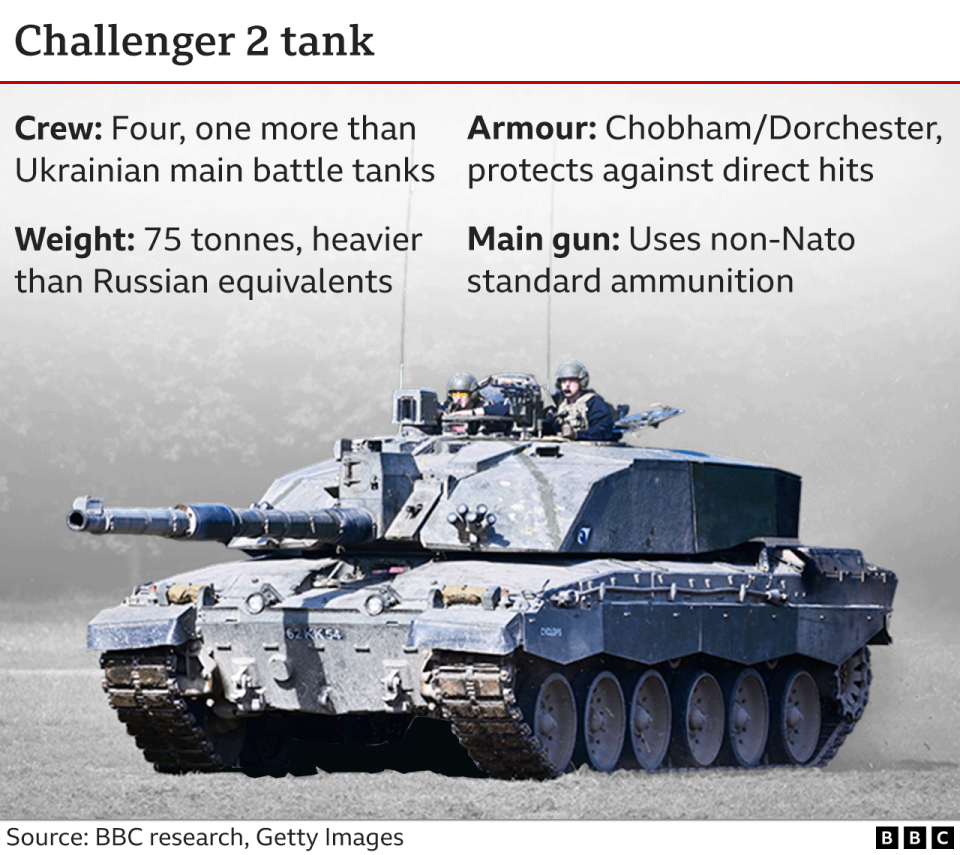
The US sent 31 Abrams tanks, and European nations have sent several German-made Leopard 2 tanks.
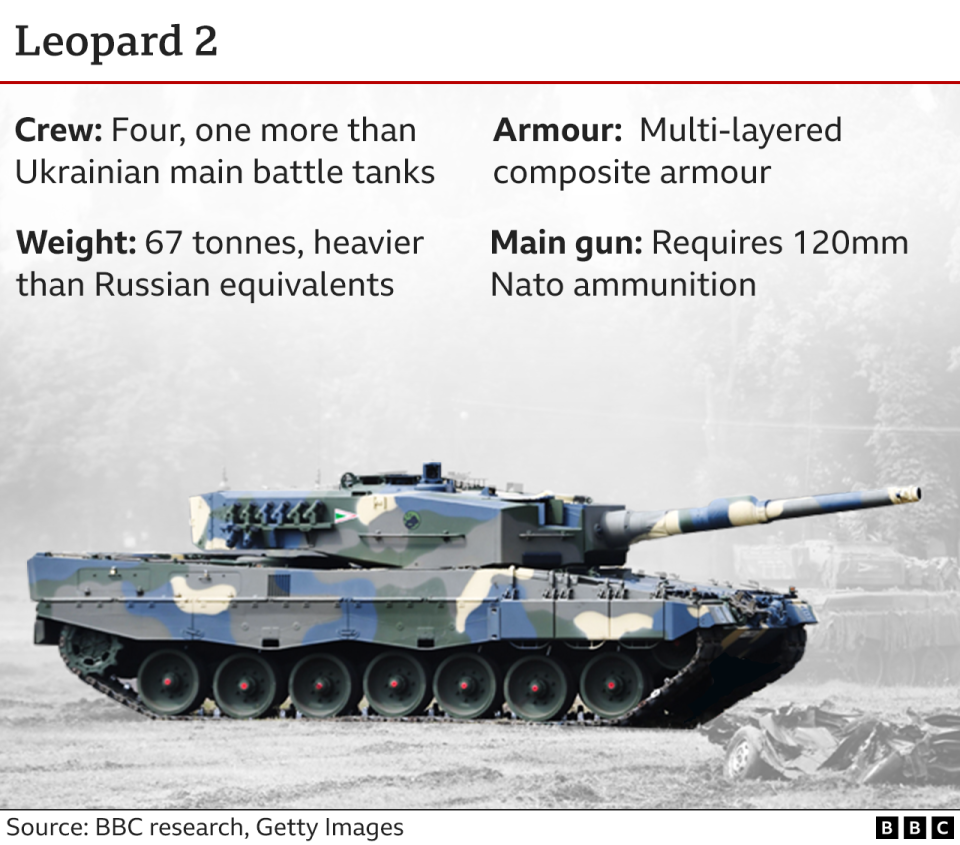
The US-built M1 Abrams has been described as the most advanced tank in the world.
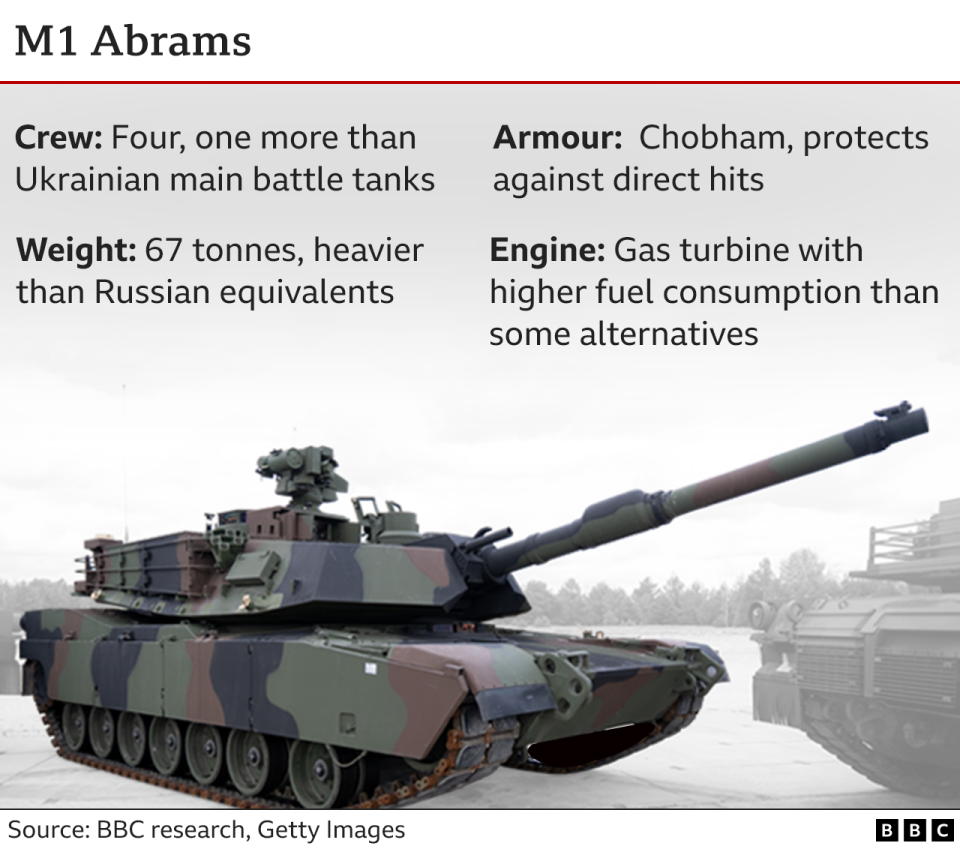
However, none of this new armour enabled Ukraine to make a major breakthrough in its counter-offensive.
Drones
Drones have featured heavily throughout the war, for surveillance, targeting, launching missiles and as "kamikaze" weapons.
Turkey supplied missile-firing Bayraktar TB2 drones at the start of the war, the US has provided "Switchblade" kamikaze drones, and several countries have sent commercial surveillance drones, such as the Chinese-made DJI Mavic 3.
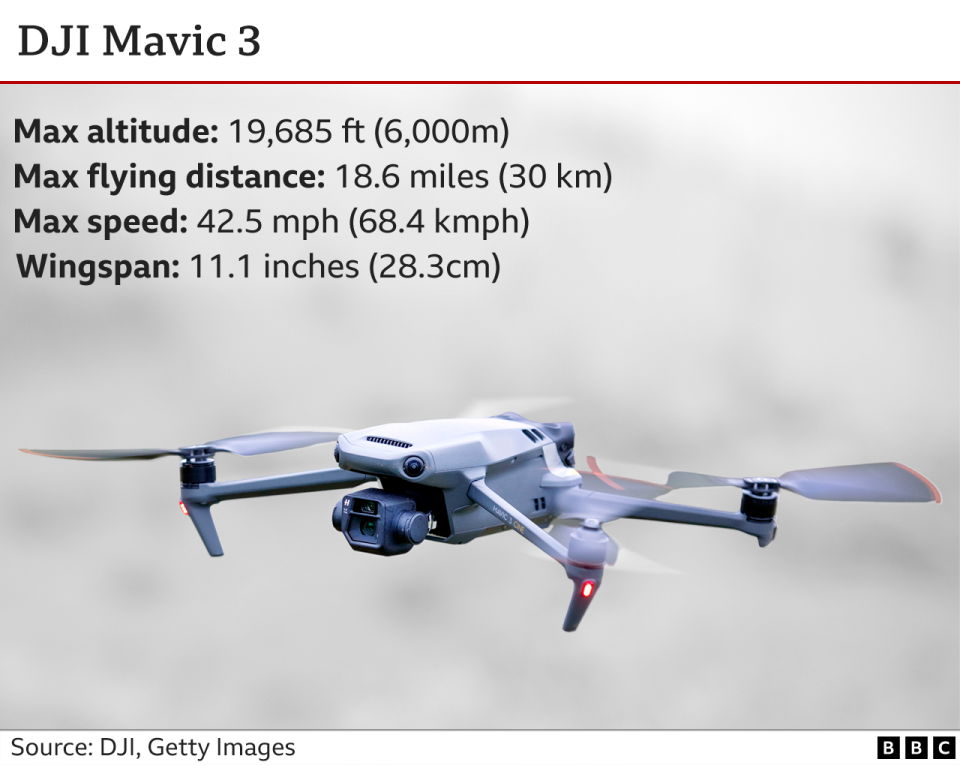
In February 2024, the UK government said it would join a coalition of countries supplying Ukraine with thousands of "first person view" drones, for observation and target spotting.
Fighter jets
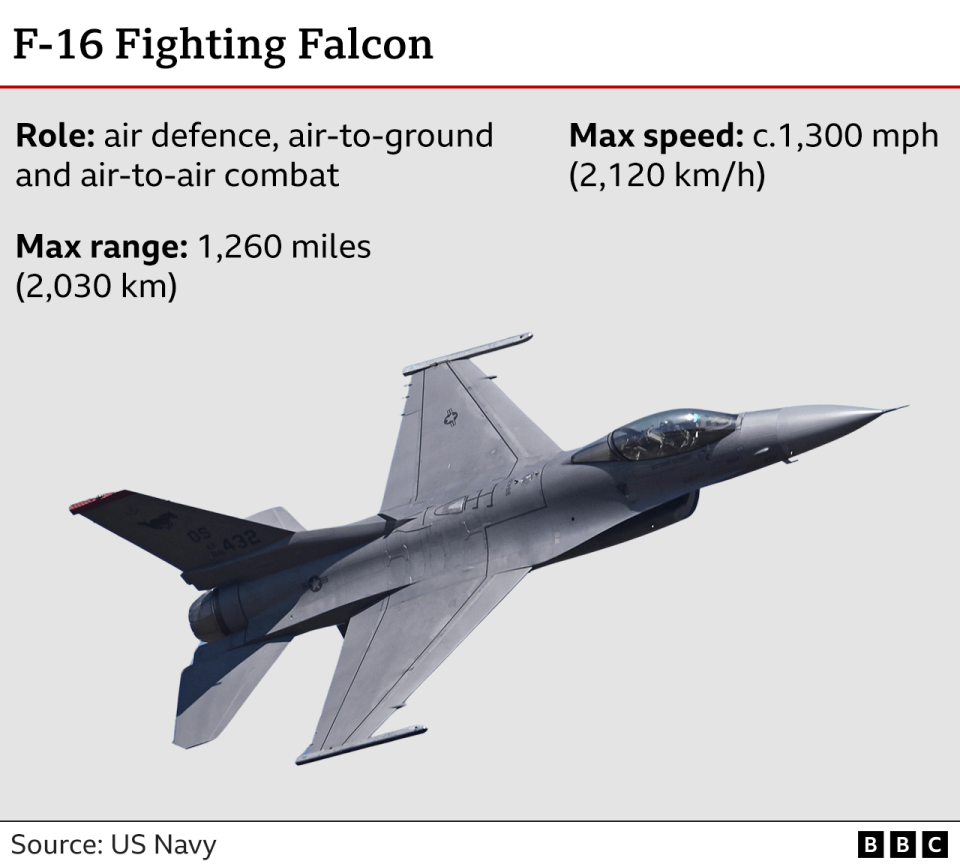
Ukraine has consistently asked the US for fighter jets, to counter Russia's air superiority.
In May 2023, President Joe Biden agreed to let other nations supply it with US-made F-16s. Denmark and the Netherlands offered to donate planes.
Ukrainian pilots have been learning how to fly them in 11 Western countries.

